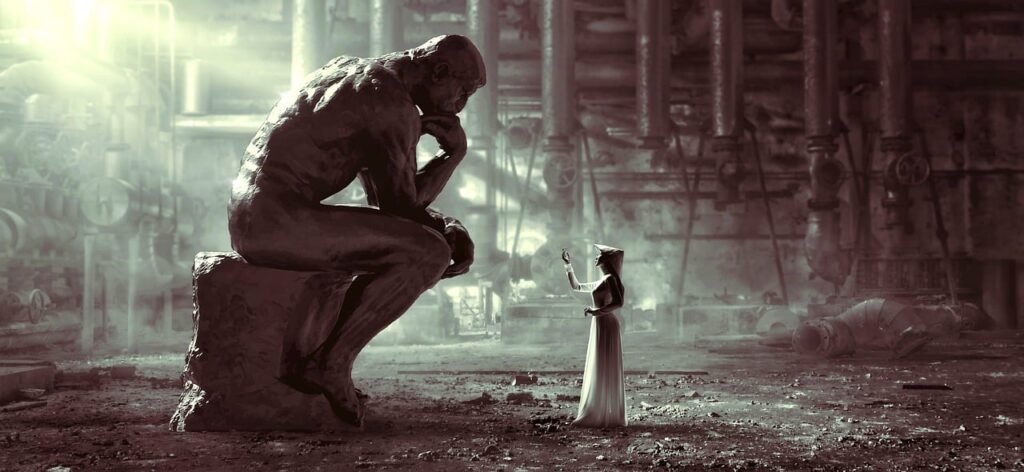Introduction: The Invisible Cage
Every day, millions of people wake up, go to work, and follow routines that feel “normal.” But what if these routines aren’t as innocent as they seem? What if the choices we make—what we eat, buy, or even think—are manipulated to serve a hidden system designed to control us? Welcome to the matrix of modern life, where freedom is an illusion, and the real puppet masters are hiding in plain sight.
The Illusion of Choice
We are led to believe that we have countless choices: hundreds of TV channels, thousands of consumer products, and endless career options. But take a closer look. Who owns these channels? Which corporations manufacture those products? Research reveals that a handful of conglomerates dominate entire industries. By creating the illusion of diversity, they trap us into believing we’re exercising free will, when in reality, we’re just picking from a menu they’ve carefully designed.
The Debt Trap: Modern Slavery
One of the most powerful tools of control is debt. Credit cards, mortgages, and student loans promise to improve our lives, but they often do the opposite. Did you know that the global debt now exceeds $300 trillion? This is no accident. It’s a system designed to ensure that most people spend their lives working to repay loans, keeping them too busy and stressed to challenge the system.
Consumerism: A Manufactured Addiction

Advertising plays a key role in trapping us. Through social media, TV, and billboards, we’re bombarded with messages telling us that happiness comes from buying more. But have you noticed how that happiness fades quickly, replaced by the urge to buy the next shiny object? This cycle isn’t accidental—it’s a carefully constructed trap to keep us spending and distracted from deeper questions about life.
The Education System: Training Compliance
From childhood, schools teach us to obey, conform, and compete—not to think critically. Why is this? Because a population that questions authority is dangerous to the system. The education system doesn’t prepare us for life; it trains us to become obedient workers, ready to sustain the very structures that limit our potential.
Breaking Free
Breaking free begins with awareness. Start questioning why you make certain choices. Do you truly need that latest gadget, or are you buying it because of societal pressure? Challenge the status quo—educate yourself about how systems like debt, consumerism, and media operate. Most importantly, take small steps to regain control, such as reducing reliance on credit, consuming consciously, and fostering independent thought.
Conclusion: Take the Red Pill
The first step to freedom is understanding the invisible system that governs your life. You may feel trapped, but the good news is that the matrix only controls those who don’t see it. Start looking deeper, questioning everything, and reclaiming your power. The system relies on your compliance—refuse to play by its rules, and you’ll begin to break free.
“Still Trapped in the Matrix? Get the Truth They Don’t Want You to Know.”
👉 Instant download + weekly wake-up drops.
Every week, we drop powerful, unfiltered insights that expose the lies, break the system, and rewire your mindset.
This isn't motivation — this is mental warfare for freedom-seekers, rebels, and future millionaires.








